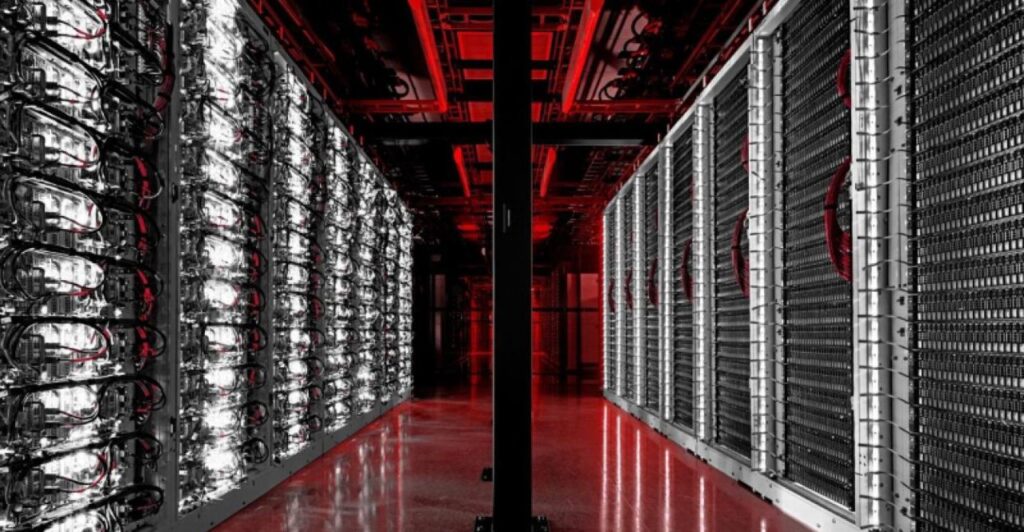In today’s data-driven business landscape, selecting the right data center configuration is crucial for ensuring the success and continuity of your organization. However, conducting a comprehensive assessment of each potential data center can take time and effort.
There are several industry standards that make your job easier and help you make an informed decision. These standards provide guidelines for designing, constructing, and operating data centers. Besides, they also divide them into categories based on their infrastructure capabilities.
One such globally recognized standard is ANSI/TIA-942. In this article, we will explore the ANSI/TIA-942 standard, its significance, and the different rating levels it defines.
What is the ANSI/TIA-942 Standard?

The ANSI/TIA-942 standard, developed by the Telecommunications Industry Association (TIA) and sanctioned by the American National Standards Institute (ANSI), serves as a valuable framework for designing, building, and operating data centers.
It aims to ensure that data centers meet specific requirements in terms of availability, reliability, security, and sustainability. Upon receiving ANSI/TIA-942 certification, data centers are categorized into one of four levels.
ANSI/TIA-942 Standard Rating Levels
The ANSI/TIA-942 standard establishes four rating levels, or tiers, which define a data center’s reliability and redundancy level.
Each tier represents a specific level of performance, reliability, and network resilience, enabling organizations to choose the appropriate tier based on their operational requirements and budget.
Tier 1

Tier 1 is the basic level, providing the least redundancy and fault tolerance. It offers a single path for power and cooling distribution without any redundant components. Tier 1 data centers offer limited availability and can experience planned and unplanned downtime. So, they serve as a suitable option for small businesses or non-critical applications that can tolerate occasional interruptions.
Tier 2
Tier 2 data centers introduce some level of redundancy to critical infrastructure components but have a single, non-redundant distribution path. Tier 2 data centers offer improved availability compared to Tier 1. So, they are suitable for organizations requiring higher uptime but can still tolerate occasional interruptions.
Tier 3

Tier 3 data centers are designed to provide higher redundancy and availability. They have multiple independent distribution paths for power and cooling systems, allowing for maintenance or equipment failures without affecting operations. Tier 3 data centers offer protection against the most physical events. So, if your organization requires continuous availability for critical applications and services, this is your solution.
Tier 4
Tier 4 is the highest level of data center reliability and availability defined by the ANSI/TIA-942 standard. These data centers provide the highest degree of fault tolerance and redundancy. This is because they have multiple active power and cooling distribution paths. It minimizes the risk of downtime due to equipment failures or maintenance activities. Besides, Tier 4 data centers are typically chosen by organizations with mission-critical operations that cannot afford interruptions.
AiNET’s data center is tier-4 certified by the ANSI/TIA-942, which means we offer the highest level of reliability with minimum downtime. Learn more about our data center infrastructure and choose a hosting plan that suits your needs. Get in touch with us today!

